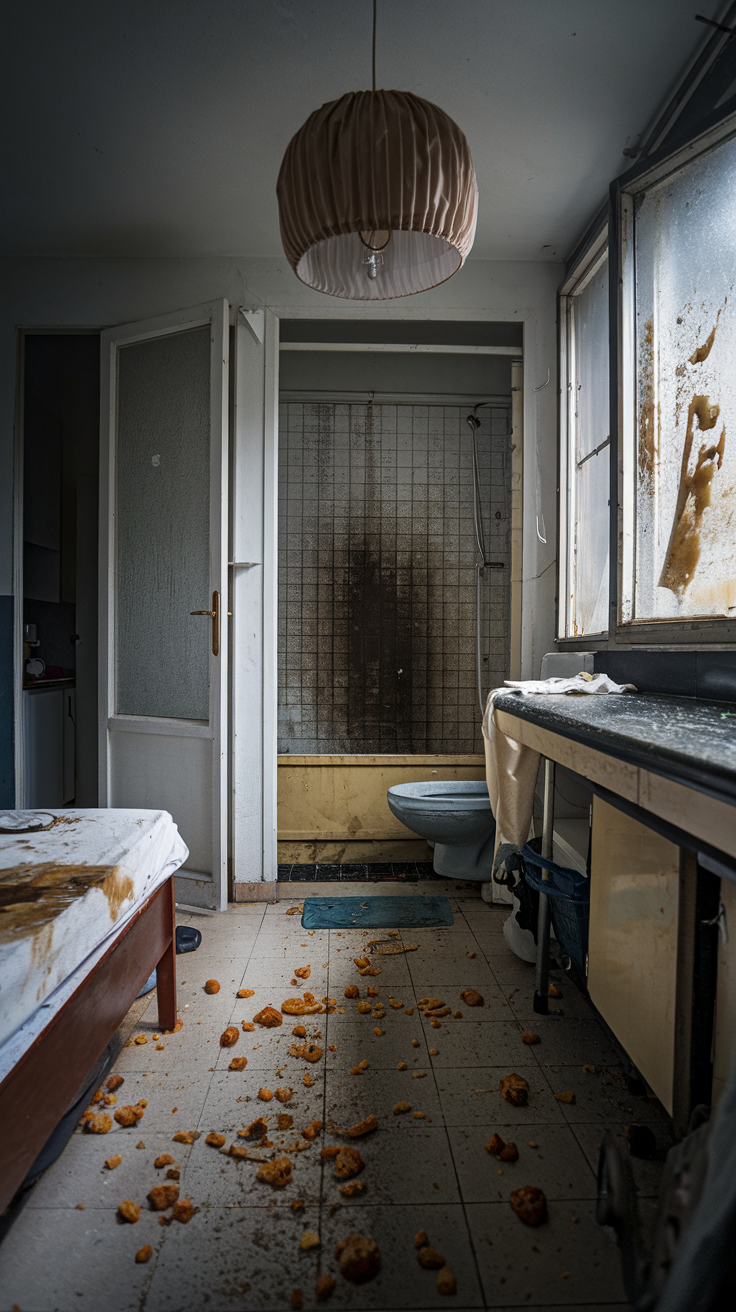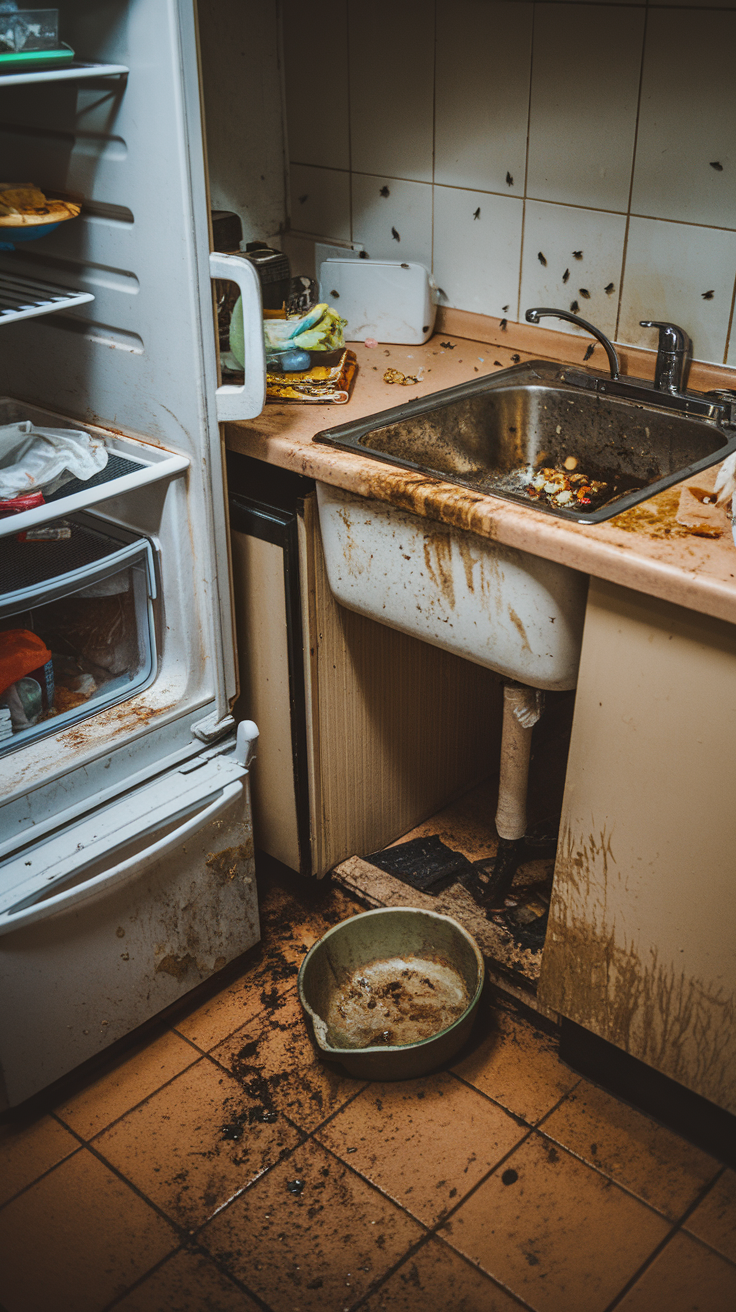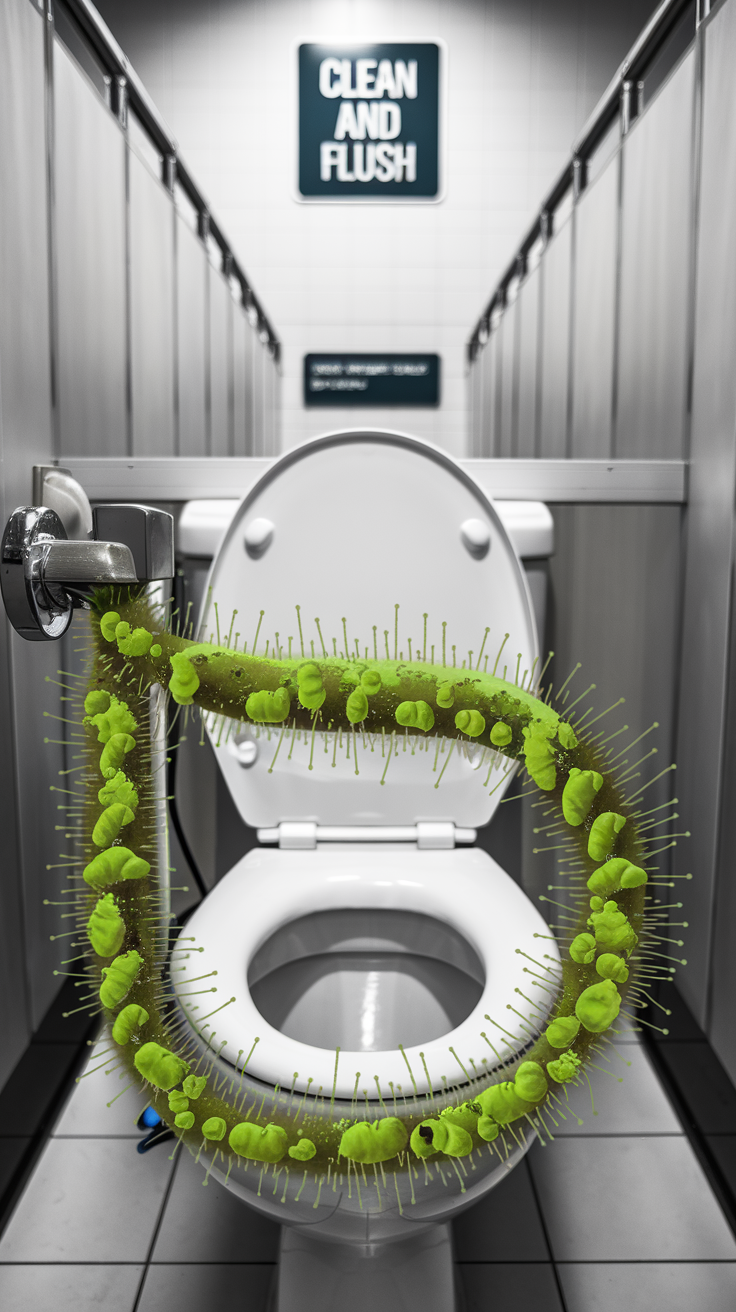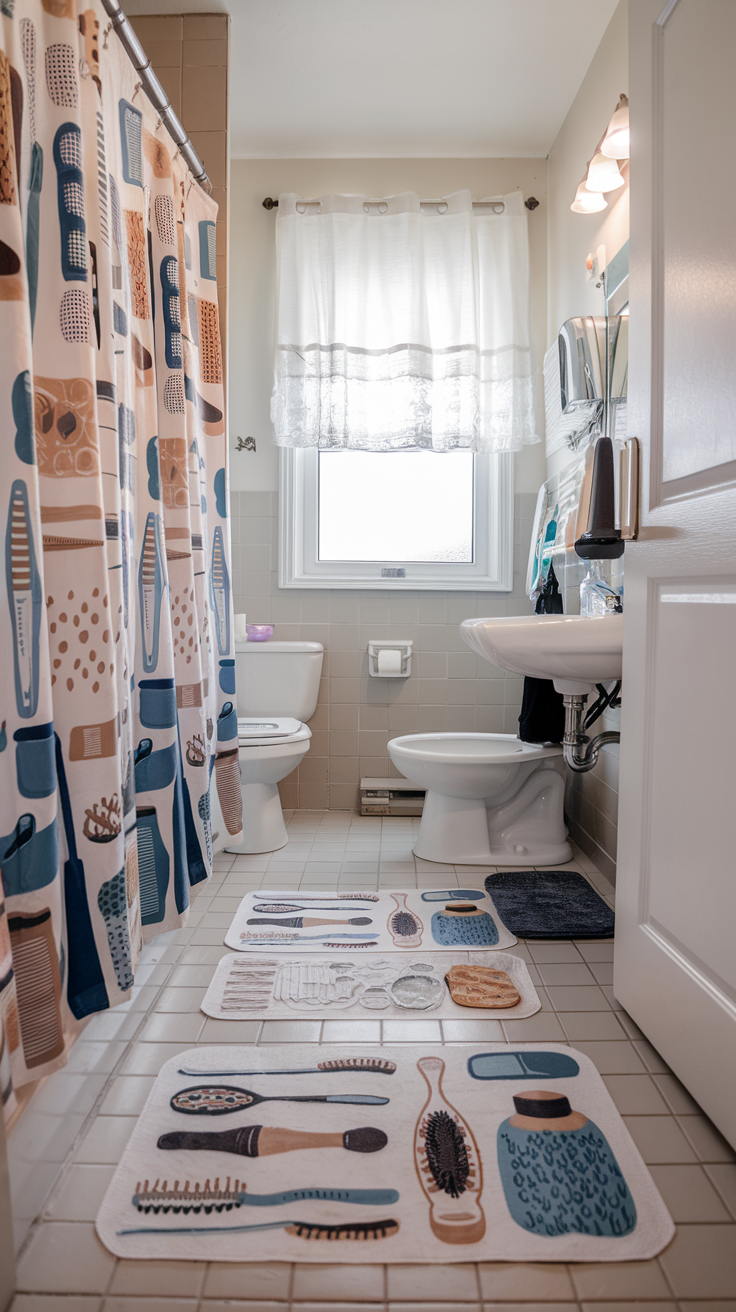17 Truths About Home Hygiene You Might Find Gross
Home hygiene is a vital aspect of maintaining a healthy living environment. However, many people overlook certain practices and the hidden dangers lurking in their homes.
Here, we explore 17 truths about home hygiene that might gross you out but are essential for a clean and safe living space.
1. Your Kitchen Sponge is a Breeding Ground for Germs
One of the most surprising facts about home hygiene is that your kitchen sponge can harbor more bacteria than a toilet seat. Studies show that sponges can contain millions of bacteria, including E. coli and salmonella. Regularly replacing or sanitizing your sponge can significantly reduce your exposure to these harmful pathogens.
| Item | Bacteria Count |
|---|---|
| Kitchen Sponge | 10 million |
| Toilet Seat | 1,000 |
2. The Bathroom Isn’t as Clean as You Think
While you might believe that your bathroom is spotless, certain areas often go neglected. The toilet flush handle, faucet, and light switches are hotspots for bacteria. A home hygiene poster can serve as a reminder to clean these frequently touched surfaces.
3. Your Toothbrush is a Potential Hazard
Dental hygiene at home is crucial, but many overlook the fact that toothbrushes can collect bacteria from your bathroom environment. Make sure to store your toothbrush in a dry, covered area and replace it every three months to maintain optimal oral hygiene.
4. Bedding Harbors Allergens
Did you know that your bed is a sanctuary for dust mites, dead skin, and even pet dander? Regularly washing your sheets and pillowcases in hot water can help reduce allergens and promote better sleep. Invest in home hygiene products like allergen-proof covers for pillows and mattresses.
5. Your Cell Phone is Dirtier Than You Think
Smartphones are often neglected when it comes to hygiene at home. Studies show that the average cell phone can carry up to 25,000 bacteria per square inch. Regularly disinfecting your device can prevent the spread of germs.
6. The Fridge Needs More Attention
While the refrigerator is where you store food, it’s also a hub for bacteria. Food spills, expired items, and improper storage can lead to contamination. Clean your fridge at least once a month and consider organizing items to prevent spoilage.
| Cleaning Frequency | Bacteria Reduction |
|---|---|
| Weekly | 75% |
| Monthly | 50% |
7. Shoes Carry Dirt and Germs Indoors
Tracking dirt and germs into your home via shoes is a common issue. Implementing a personal hygiene at home routine by taking off shoes at the door can minimize the transfer of bacteria and allergens.
8. Pet Owners Need Extra Hygiene Measures
Pets are wonderful companions, but they can also bring dirt and bacteria into your home. Regularly bathe your pets and keep their living areas clean. Using a hygiene bag for home can help manage pet-related messes efficiently.
9. The Washing Machine Can Be a Source of Germs
Ironically, your washing machine can harbor bacteria, especially if you leave wet clothes sitting inside for too long. Running an empty cycle with vinegar can help sanitize your machine and keep your clothes fresh.
10. Air Quality Affects Home Hygiene
Indoor air quality can significantly impact your home hygiene. Dust, pet dander, and mold can circulate in the air, causing health issues. Consider using an air purifier to maintain a clean environment.
| Air Quality Issue | Potential Impact |
|---|---|
| Dust | Allergies |
| Mold | Respiratory issues |
| Pet Dander | Asthma flare-ups |
11. Your Shower Curtain is a Bacteria Magnet
Shower curtains can develop mold and mildew over time, particularly if they are made of non-water-resistant materials. Regularly wash your shower curtain and use a liner to keep it clean.
12. Food Preparation Areas are High-Risk Zones
The kitchen is often the center of food preparation, but improper hygiene practices can lead to cross-contamination. Always use separate cutting boards for meats and vegetables, and sanitize surfaces regularly.
13. Dust Mites in Your Carpets
Carpets can trap allergens, including dust mites, which can lead to respiratory issues. Vacuum regularly with a HEPA filter vacuum cleaner and consider professional cleaning at least once a year.
| Cleaning Method | Effectiveness |
|---|---|
| Regular Vacuuming | 60% reduction |
| Professional Cleaning | 90% reduction |
14. The Hidden Dangers of Unwashed Towels
Bathroom towels can collect bacteria if not washed regularly. Damp towels provide an ideal environment for bacteria to thrive. Aim to wash your towels every three days for optimal hygiene.
15. Home Hygiene for Kids
Children often have different hygiene needs. Teaching home hygiene for kids can set lifelong habits. Make cleaning fun with games and rewards for maintaining a clean space. Consider using a home hygiene aesthetic to create a visually appealing cleaning routine.
16. Disinfecting Wipes Can Cause Issues
While disinfecting wipes are convenient, they may not kill all bacteria. Additionally, frequent use can lead to bacteria developing resistance. Use wipes according to the manufacturer’s instructions and alternate with other cleaning methods.
17. The Bathroom Scale is a Germ Hotspot
Many forget to clean their bathroom scale, which can collect bacteria from feet and clothing. Regular cleaning of this item can contribute to better overall hygiene.
Incorporating these truths into your daily routine can help elevate your home hygiene practices. While some facts may be gross, they’re crucial for creating a healthy living environment. From hygiene products for home to feminine hygiene tips and home remedies, understanding the importance of cleanliness can lead to a safer and more enjoyable home life.



